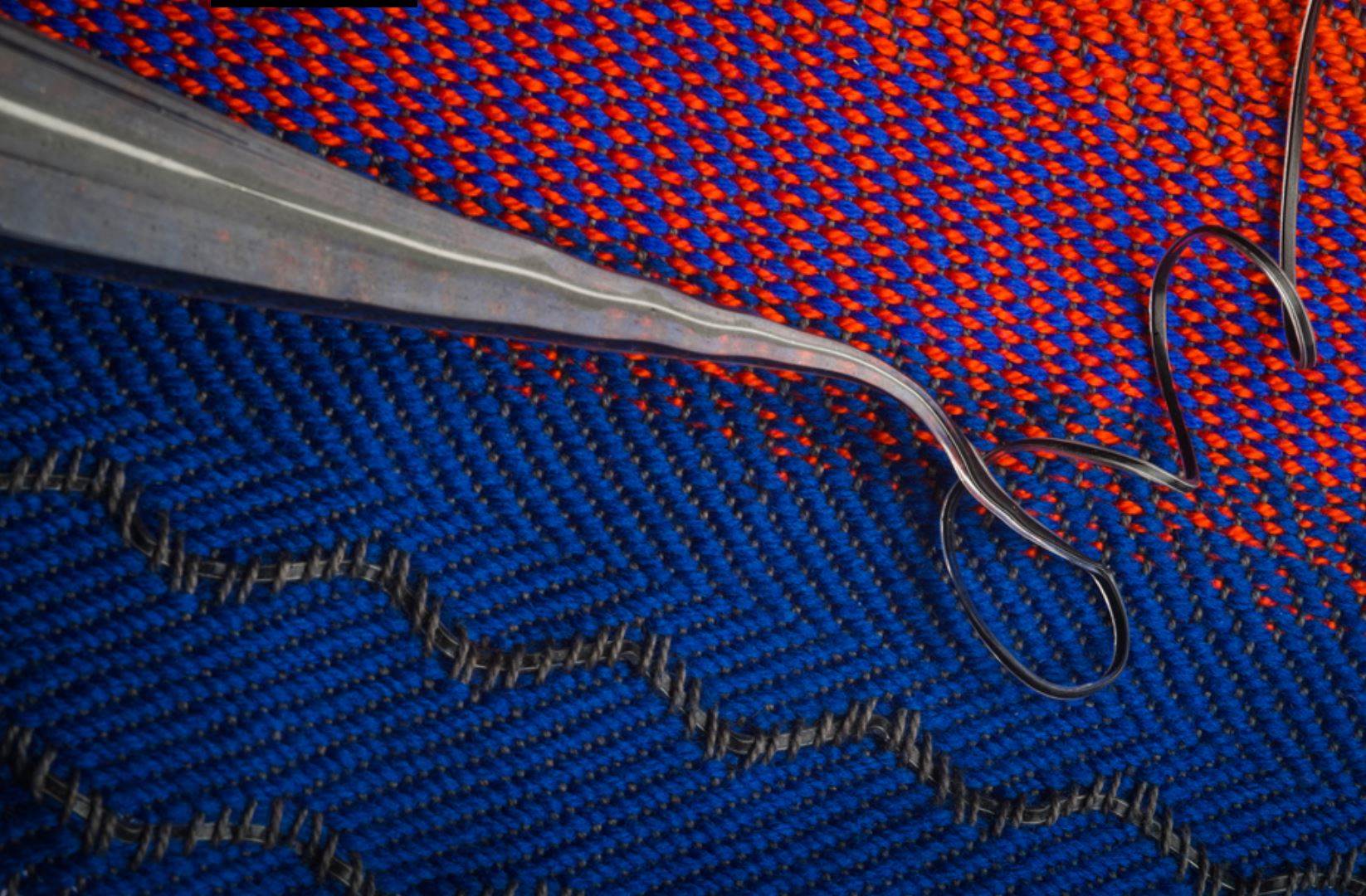MIT creates textile that can ‘hear’

US-based Massachusetts Institute of Technolog (MIT) and the Rhode Island School of Design have designed a fabric that works like a microphone, converting sound first into mechanical vibrations, then into electrical signals.
All fabrics vibrate in response to audible sounds, though these vibrations are on the scale of nanometers — far too small to ordinarily be sensed. To capture these imperceptible signals, the researchers created a flexible fibre that, when woven into a fabric, bends with the fabric.
The fibre is designed from a “piezoelectric” material that produces an electrical signal when bent or mechanically deformed, providing a means for the fabric to convert sound vibrations into electrical signals.
The fabric can capture sounds ranging in decibel from a quiet library to heavy road traffic, and determine the precise direction of sudden sounds like handclaps. When woven into a shirt’s lining, the fabric can detect a wearer’s subtle heartbeat features. The fibres can also be made to generate sound, such as a recording of spoken words, that another fabric can detect.
Lead author Wei Yan, who published the research in journal Nature, said: “Wearing an acoustic garment, you might talk through it to answer phone calls and communicate with others.
“In addition, this fabric can imperceptibly interface with the human skin, enabling wearers to monitor their heart and respiratory condition in a comfortable, continuous, real-time, and long-term manner.”








